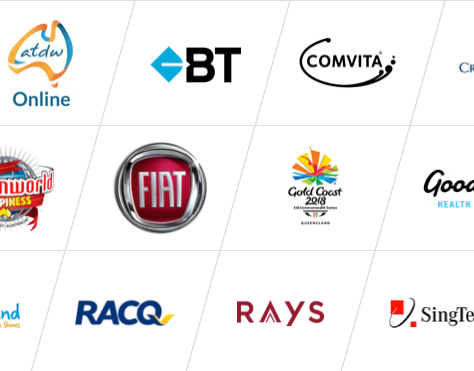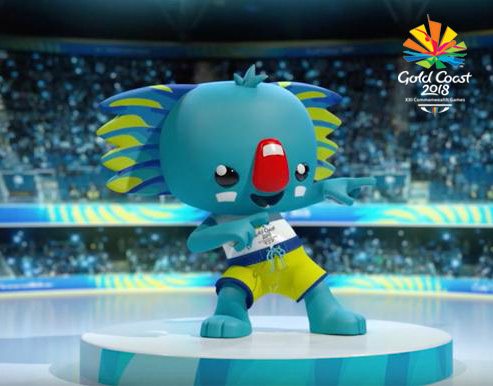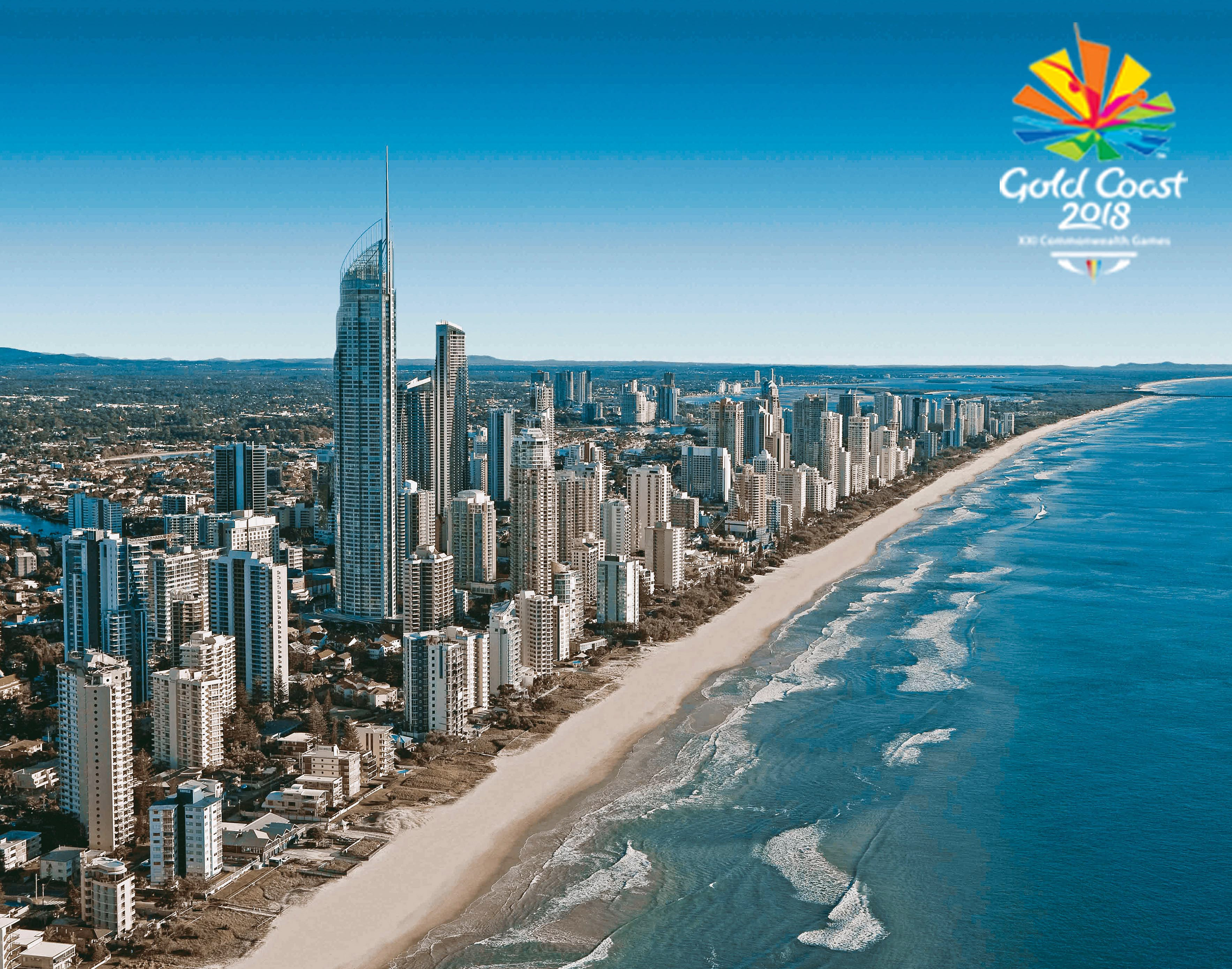MY ROLE
I was responsible for the experience design and delivery of the content platform. I lead the UX work, producing all major UX deliverables and presenting these, as well as wider team deliverables to the client.
Our agile design team also consisted of a senior visual designer and a senior front-end developer, and almost daily connects with our business analyst.
THE CHALLENGE
AGILE DELIVERY IN A TRULY DISTRIBUTED TEAM
Our client approached us with two primary objectives — to create a future-proof content platform that consolidated existing functionality across multiple systems and scattered custom solutions, to make it easier and more cost-effective to maintain, while also enhancing the functionality and usability of the platform to reach a stronger and bigger target market.
Our stakeholder group consisted of key state tourism operators across all states and territories of Australia and the project required a close collaboration to make sure all details were captured and the whole team was with us on the journey. Our delivery team was also working offshore, so a big part of my role, outside of pure UX responsibilities was to make sure nothing got dropped between conversations with the client and our developers. Across 3 time zones and two cultures, that’s the true test!
The team connected with over 7 locations within Australia, as well as our offshore colleauges in Gurgaon, India.
THE APPROACH
ITERATIVE JOURNEY-DRIVEN DESIGN
To design with purpose, as well as chipping away at the long long list of features and requirements that the client already had framed up, we took a journey driven approach to make sure we understood not just what the features would deliver to the business, but more importantly, what goals it would enable the user to hit.
Our design process followed a fairly standard approach when designing for your users at the heart of everything, namely:
1. UNDERSTAND THE CHALLENGE
We started by interviewing key stakeholders across the business as well as immersing ourselves in existing strategies and research to frame an understanding of the current state of play as well as to identify opportunities and pain points.
2. UNDERSTAND YOUR USERS
To truly understand the variety and complexity that faces tourism operators in Australia, we conducted contextual inquiries with ATDW customers. We held interviews in the actual environments that our end-users are in, to truly see the system working and where challenges and opportunities lie. To communicate our findings we crafted 5 personas.
Primary and secondary personas.
3. ARTICULATE THE VISION
Within the context of the business, the brand and their strategy, we developed a clear, purposefully distinct digital vision that delivered on the core purpose of ATDW’s new platform - we call this articulation an Organising Idea, and for ATDW it was all about how we could
Amplify rewarding conversations between ATDW and their customers - with every design consideration, that was what we needed to hit.
Amplify rewarding conversations between ATDW and their customers - with every design consideration, that was what we needed to hit.
4. PAINT THE PICTURE
To make sure we kept a holistic view in mind and to get an overall understanding of all aspects of the experience, we crafted persona driven customer journeys. This was to show what interacting with ATDW in the future would be like, and also how it would feel like across all touch points and devices.
Future state journey sketches.
5. EXPLORE THE DESIGN
Before we started crafting the detailed design of the entire system, we wanted to explore design directions, set a visual style and test key interaction patterns so that we could find any issues early and course-correct where necessary.
6. VALIDATE WITH USERS
To validate that we were on the right path we created an HTML prototype of the initial steps of the process and tested the interaction patterns as well as the design direction with our end users.
User testing with real users, across devices and with their real tasks to perform.
7. BUILD A COLLABORATIVE CULTURE WITH LEAN UX
Over the next 6 months, we collaborated closely with a cross-functional team and iterated quickly to demonstrate early value as well as creating project momentum and alignment. We ran weekly sketch sessions and workshops with the client and connected with stakeholders across all states and regions in Australia until the entire platform was complete.
At the last stages of the project, we also conducted a final round of usability testing to get a holistic end-to-end understanding of the new
THE IMPACT
54% MORE LISTINGS ON THE PLATFORM AND A 95% UPLIFT IN DISTRIBUTORS SHARING CONTENT
The numbers shows the true success of the digital transformation that ATDW underwent - not only did we create a system that was richer in features and functionality - we also created a system that was easier to use for the operators while they create their listings. By being there for the and supporting them along the way with examples and support, the system enables a ever-standing spiral of quality content. And as the numbers show - with quality content comes organisations and people that will share.










